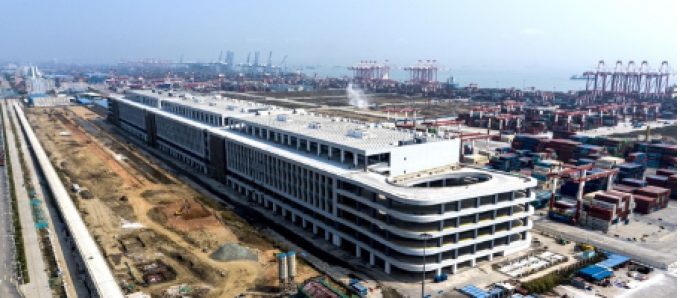South China box trades could see vessel schedule changes, post-Yantian crisis?
In the aftermath of the Yantian port congestion crisis, South China container trades could be ...

Recently we reported how Port of Nansha was the fastest-developing port in South China. Port of Nansha belongs to the portfolio of the Guangzhou Port Group and is a combination of the busiest domestic port terminal and a fast-developing international business.
With its new infrastructure projects ...

Comment on this article